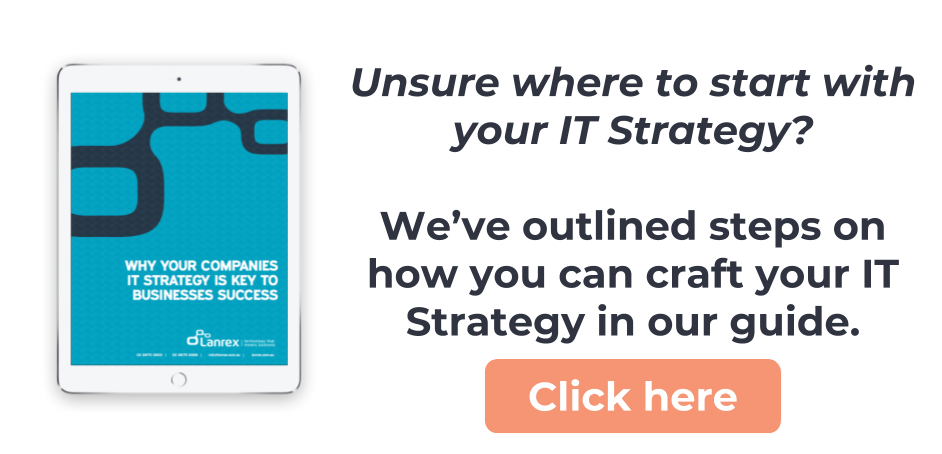To refresh your memory, a BPR evaluates current processes and identifies ways to make them more efficient, which means less wasted effort and more time spent on valuable work. A BPR needs to be completed thoroughly, so it’s best to hire an expert to do the bulk of the work for you. A consultant will ‘shadow’ each business process, and ask questions of the staff involved. This will enable them to:
-
provide an organisation-wide view
-
identify gaps and inefficiencies e.g. double-handling of data, duplicate processes
-
identify potential areas for streamlining processes or automation
-
examine which processes are not required or are not producing what they should
BPR success doesn’t come easily. It requires everyone’s involvement, and for that to happen, top management needs to be committed, employees need to feel empowered, and there needs to be strategic direction and an end goal.
So, here's how to conduct a business process review in four steps:
1. Identify and map out your current processes.
Start by defining the business process ‘as is’. This means all of the sections in a typical business process, such as:
- list of roles
- list of steps
- handoff points
- exceptions
The goal here is to understand exactly how the business process works today, kinks and all.
At this stage, the people involved in the process need to be interviewed. Prompt them by asking questions, such as:
- Why was that step taken?
- Do you need anyone else’s approval to take that step or make that decision?
- Are there any exceptions to the rule?
It’s not good enough that they just describe it – they need to show you how they do it. You also need to encourage these employees to explain any problems with the existing process.
Consider the following questions:
- What in the process is broken?
- Which steps in the process create roadblocks?
- Which step requires the most time to complete?
- Which step causes the most delays?
- Are there any steps that cause costs/resources to go up?
- Are there any steps that cause quality to go down?
It also helps to draw up a visual representation of the business process from start to finish and its interaction with people, departments, and software. This makes it easier to analyse and identify potential gaps and overload points.
2. Analyse them by talking to Stakeholders (Don't forget your customers).
Once you’ve mapped out the processes, arrange a series of meetings with staff to brainstorm why the problems exist and how to resolve them. Talking to customers will also give you great insight into where you’re going wrong.
From the findings you create a report, which should consist of a process map, with each process tied back to a detailed discussion which consists of:
- the steps in the process
- problems related to the step
- the type of problem
- the impact of the problem
- the system requirements
3. Map out your new plan and objectives.
Now comes the improvement plan – essentially an action plan to put the desired processes in place.
Here, you need to set realistic and measurable objectives that align with your overall business goals.
Include the key actions that need to be taken to get to where you want to be, how they will be achieved, and any financial and resource implications.
4. Find out how technology fits into your new plan.
Technology is the last part in all of this – the BPR should drive technology, not the other way around.
This will depend entirely on your situation, but examples of technologies that create more efficient processes are:
- Customer relationship management (CRM)
- A file sharing and project management system such as Microsoft Office
Reap the benefits:
A detailed BPR will reduce the risks, help manage the budget, and produce a successful implementation of any new systems.
It also has the added bonus of reducing silos in your organisation.
An independent and objective view obviously helps, so hiring a consultant to manage the review is your best bet.
Typically, this will be an IT partner who is experienced in this area, who will offer recommendations, advise on the technology best suited to your business’ needs, and help you implement the changes.
If you do your homework, you really can’t go wrong!

We’re creating a business that provides unlimited potential for our team. We believe that each and every team member has an equal opportunity to play a strategic and impactful role.
GET IN TOUCH

